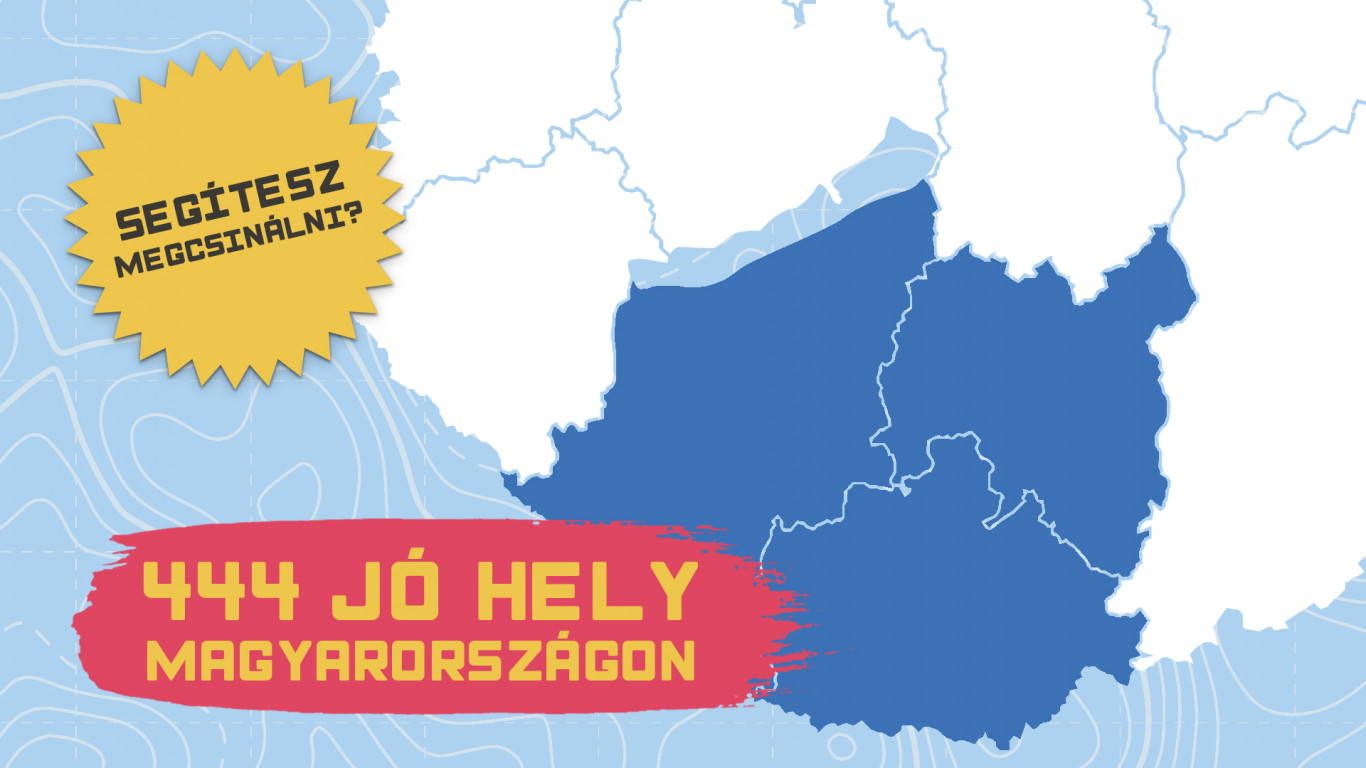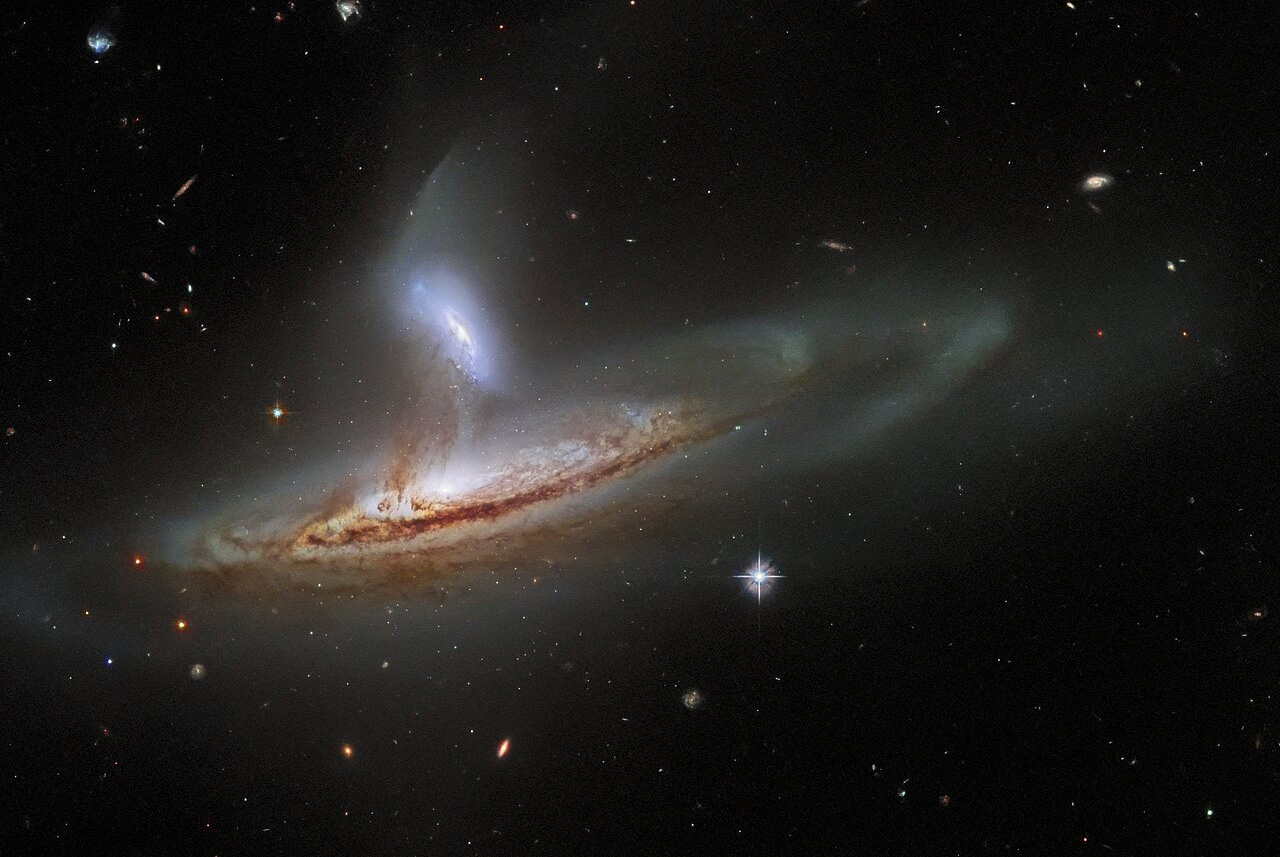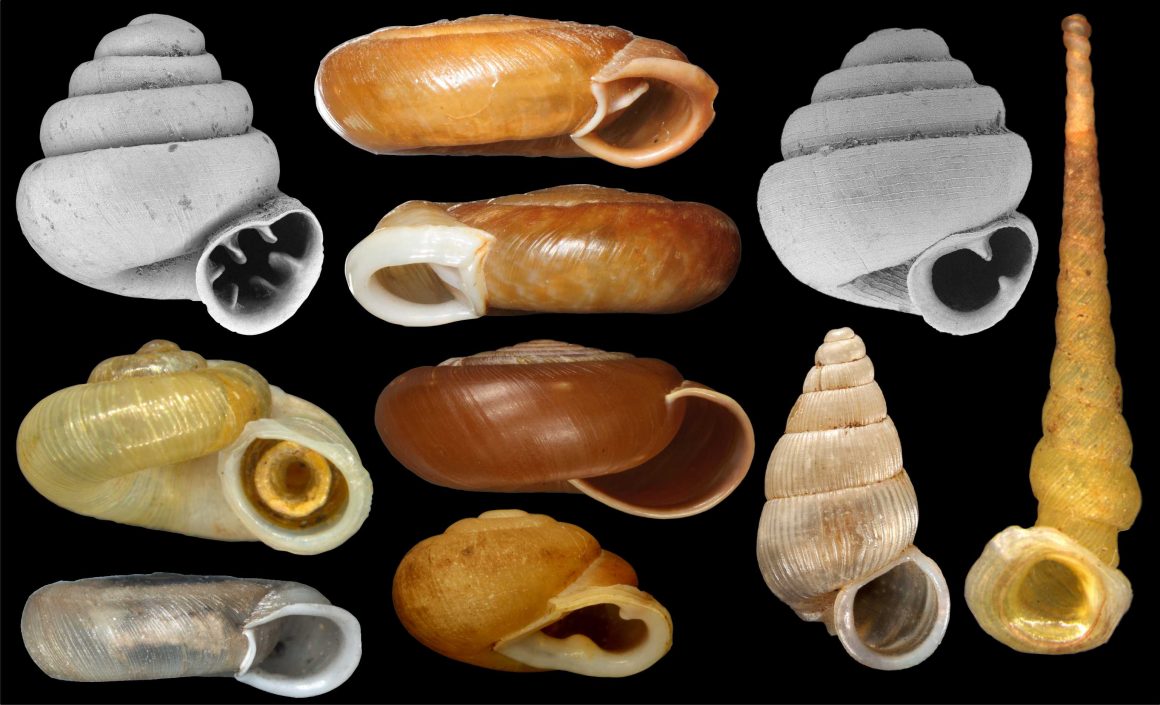In 2015, you were included in US National Geographic, the article featured the smallest land snail. Can you tell us about this case and what has happened since then?
In 2015, we described seven types of snails in an article, including Angstopella Dominica It is the smallest land snail in the world with a shell height of 0.86 mm. When the article appeared in a magazine called ZooKeys, the Guardian, The New York Times, Little Plain, and National Geographic requested an interview. The US National Geographic website It was reported in October 2015 and then translated into many languages, at least I found articles about “my snail” in a total of 42 languages. The size record lasted only two months, at which time Dutch researchers described a type of Borneo and proved it to be smaller than our own. Now again angstopella I’m working on a genus and I’m currently working on describing 45 new species, including one that could break the record for the Borneo snail. Our current types are cake shaped and are only 0.6mm wide and less than 0.5mm high. I hope this is Who has less? The current race record continues.
The remaining types: Angstopella Dominica From southern China, right-wing species: still undescribed angstopella The species is from northern Vietnam, which is the nickname for the smallest land snail. The scale indicates 1 mm. Scanning electron micrographs.
Source: Páll-Gergely Brown
What kind of work have taxonomists and taxonomic researchers been doing recently, and why is this work important?
Taxonomy and systematics are two closely related fields. We tend to formulate that taxonomy primarily explores terrestrial life at the species level. Systematics, in turn, studies the lineage relationships of species living today and higher taxonomic categories, such as geniuses and families. Now, almost all biological sciences need this basic knowledge. At the very least, when it comes to pest control, it is very important to know what species we are dealing with, where they come from, and what their natural enemies may be. So, to be able to defend against pests, for example, we need to know about them, and taxonomists’ work is badly needed for that.
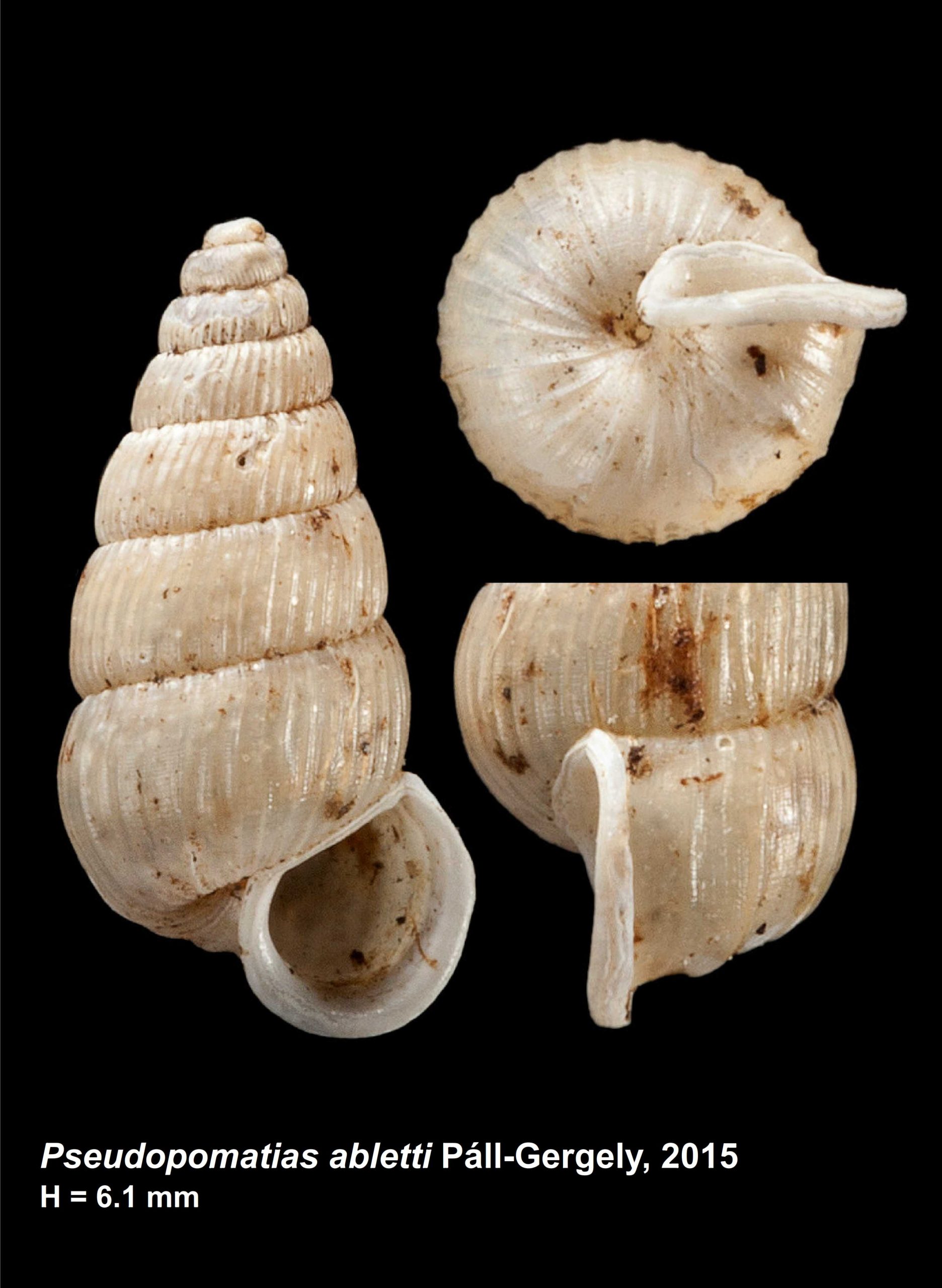
a Abletti’s pseudotumor The snail named Gergely Páll-Gergely was discovered in 1859 and found to be a new species. The letter H means “height”, that is, the height of the casing.
Source: Harold Taylor (Natural History Museum, London), Páll-Gergely Brown
He told me before the interview about a group of snails that were collected long ago and then stayed in the tray for a long time and processed them.
This is not something as rare as it seems. I deal with either collecting specimens or obtaining snail shells and alcohol preserved specimens from museums or private collectors, and it is my job to find out which species they belong to. In addition, I go to the collections of museums in Western Europe, mainly in London, Paris and Frankfurt, and there I compare my samples with the so-called samples of the type. For each scientifically described animal species, a specimen that is a standard specimen of the species must be identified and placed in a public collection so that it can be examined by all. This copy should always be accessed if taxonomic issues with species arise. The type specimens I examined were collected, for example, in the middle of the 19th century. As I examine these ancient groups, I often realize that what was considered one species may have been two or more. For example, I had a job where a pseudotumors I have treated a genus called a genus and described eleven species. Half of them were found in the museum in Paris – they collected these specimens in Vietnam when they occupied the country in the late 19th century. I found the other half of the new species in the museum in London, this was collected by the English in Myanmar and India when they occupied these areas. There were specimens that had been kept for 156 years in the Natural History Museum in London, and no one realized that they belonged to an unknown species. So it was collected in 1859, and in 2015 I realized it was a new species. This is correct.
Is there a taxonomic group in which you are the only expert in the world?
There are some, but that’s not a big word in and of itself. Perhaps the vast majority of the two million described species are no longer active specialists. For example, a family called Plectopylidae, widespread in Asia, was the subject of my PhD, discovering 36 new species. The last researcher of the family, Gerard K. Judd, died about 100 years ago, and he was a young Englishman working at a museum in London. It’s been 100 years or more since I started working with the family, and it may take another 100 years for someone else to research this group and possibly be able to discover new species.
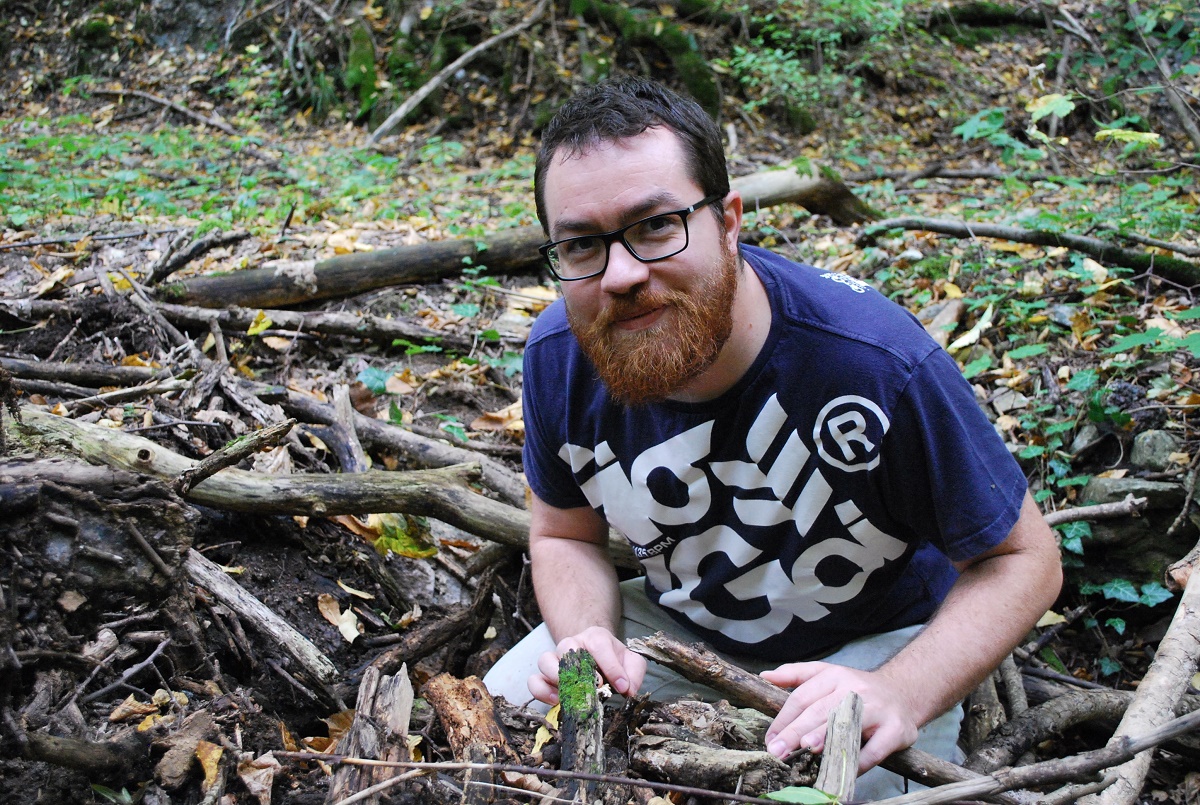
Gergeli Pal on brown ground.
Source: Clara Vanksa
Have you been involved in collecting excursions to exotic places?
I deal mainly with Southeast Asian snails, and didn’t collect much there, so I get samples there mostly from museums and private collectors. However, at the invitation of the Paris Museum, I have already taken part in two one-month expeditions in New Caledonia, and if all goes well, I will go next year. The island is an ancient French colony located east of Australia that finally emerged from the sea about 35 million years ago and has since produced an astonishing evolution of species richness there – lots of new species can be found. By a very rough estimate, there are at least a hundred species of snails completely new to science that we have collected there and need to be addressed and described.
How are new species described?
First, we need to understand what are called symmetric personalities. The left front leg of a dog is similar to our left hand. This is a trivial example, but we have to strive for the same with snails, butterflies, moths, whatever, and in practice, we often have a much harder time. The taxonomist needs to understand what a particular character looks like in one species and the other. Variation within populations and then between groups with similar traits must first be explored. You will then need to know the important and non-important characters within the group. Finally, we find out from the relevant features the groups belonging to a particular species. When we clearly see the boundaries of species, as I mentioned earlier, we have to go to museums or borrow samples of other already known species and compare them with our own. Then the scientific publication should describe why it is new to us and distinguishable from the rest. This must be submitted to a scholarly journal, where it undergoes the judging procedure and is finally published. It will become a species known to science.
Interviewed by Balint Bagumi – bajomi.eu
Related interview on our website:
The cornerstones of our knowledge of biodiversity
















